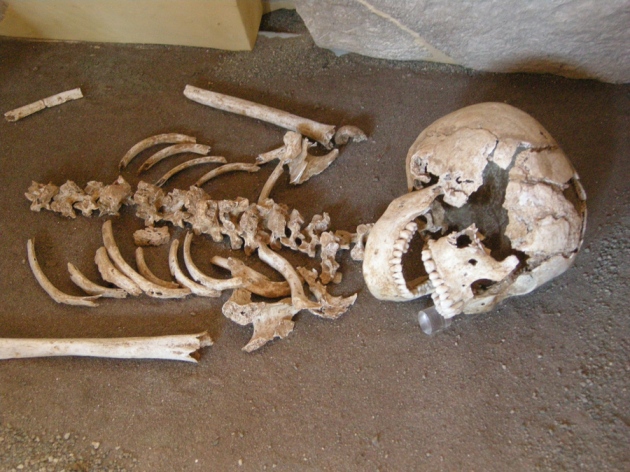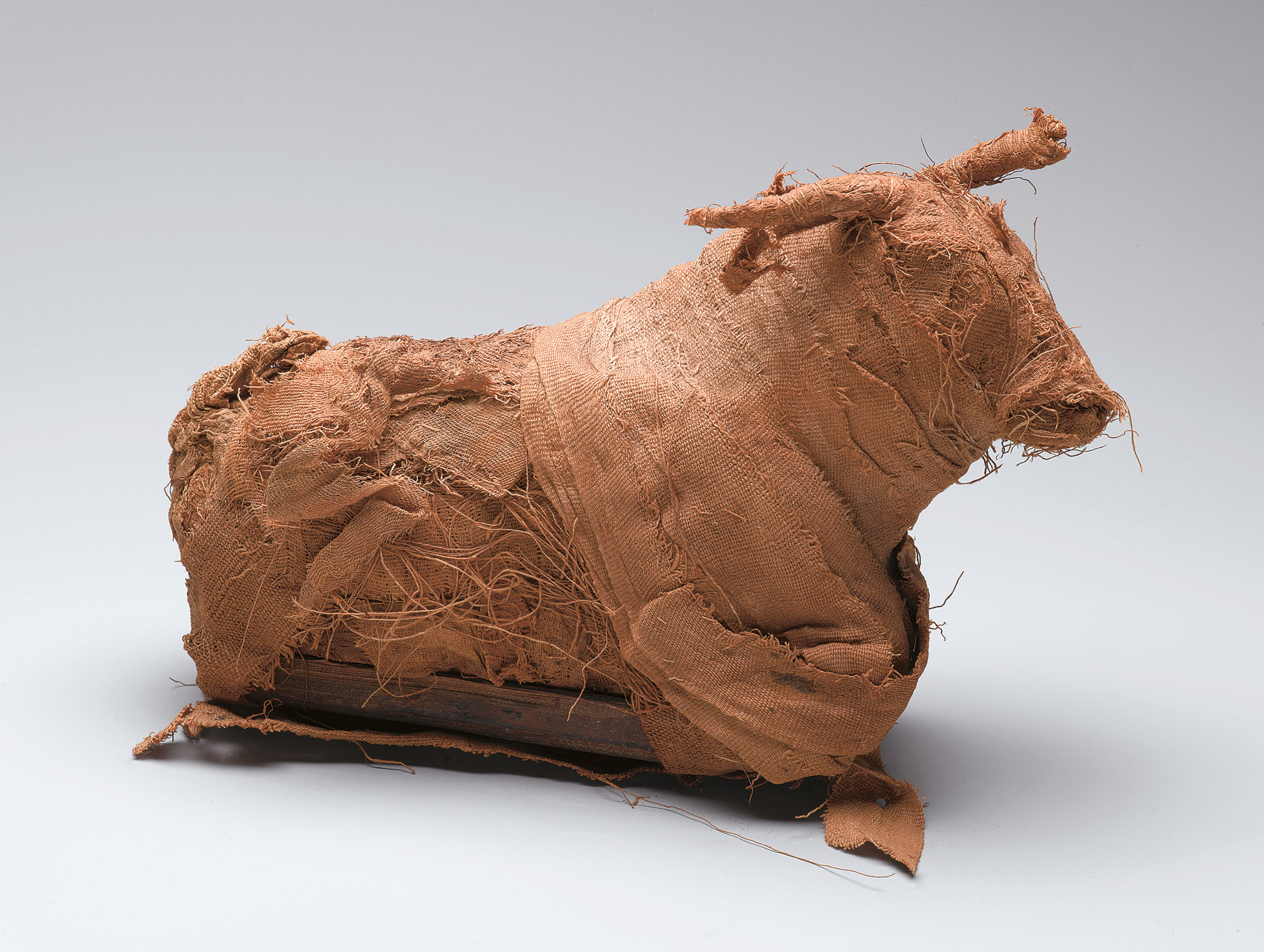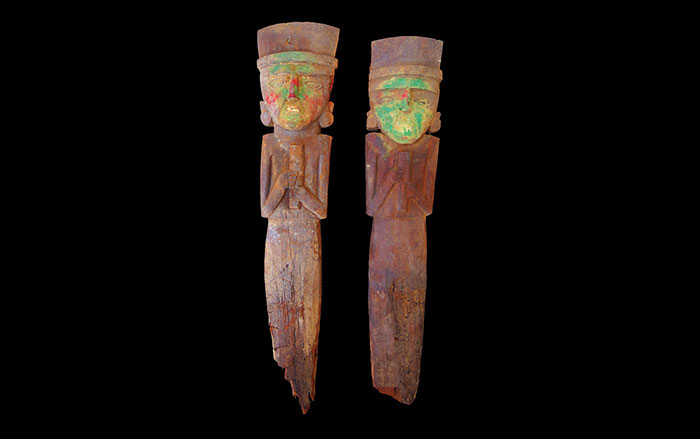
ROME, ITALY—Biological anthropologist Gabriele Scorrano of the University of Rome Tor Vergata led a study of the 2,000-year-old skeletal remains of a young woman unearthed at the Cosa archaeological site on Italy’s Tuscan coast. The results of the tests indicate that she may have suffered from celiac disease. DNA analysis revealed that she carried two copies of an immune system gene variant associated with the severe autoimmune reaction to gluten in the intestinal lining, and her bones show signs of malnutrition and osteoporosis, which can be complications of the untreated disease. Gold and bronze jewelry included in the burial suggest that her malnutrition was not caused by a lack of access to food. “If she had excluded cereals from her diet she wouldn’t have experienced these problems. Probably she didn’t understand she had this disease,” Scorrano told Nature News.










